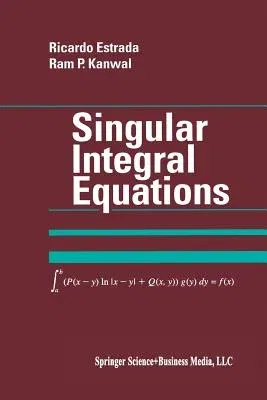Ricardo Estrada
(Author)Singular Integral Equations (Softcover Reprint of the Original 1st 2000)Paperback - Softcover Reprint of the Original 1st 2000, 15 October 2012

Qty
1
Turbo
Ships in 2 - 3 days
In Stock
Free Delivery
Cash on Delivery
15 Days
Free Returns
Secure Checkout
Print Length
427 pages
Language
English
Publisher
Birkhauser
Date Published
15 Oct 2012
ISBN-10
1461271231
ISBN-13
9781461271239
Description
Product Details
Authors:
Book Edition:
Softcover Reprint of the Original 1st 2000
Book Format:
Paperback
Country of Origin:
NL
Date Published:
15 October 2012
Dimensions:
23.39 x
15.6 x
2.29 cm
ISBN-10:
1461271231
ISBN-13:
9781461271239
Language:
English
Location:
Boston, MA
Pages:
427
Publisher:
Weight:
616.89 gm

